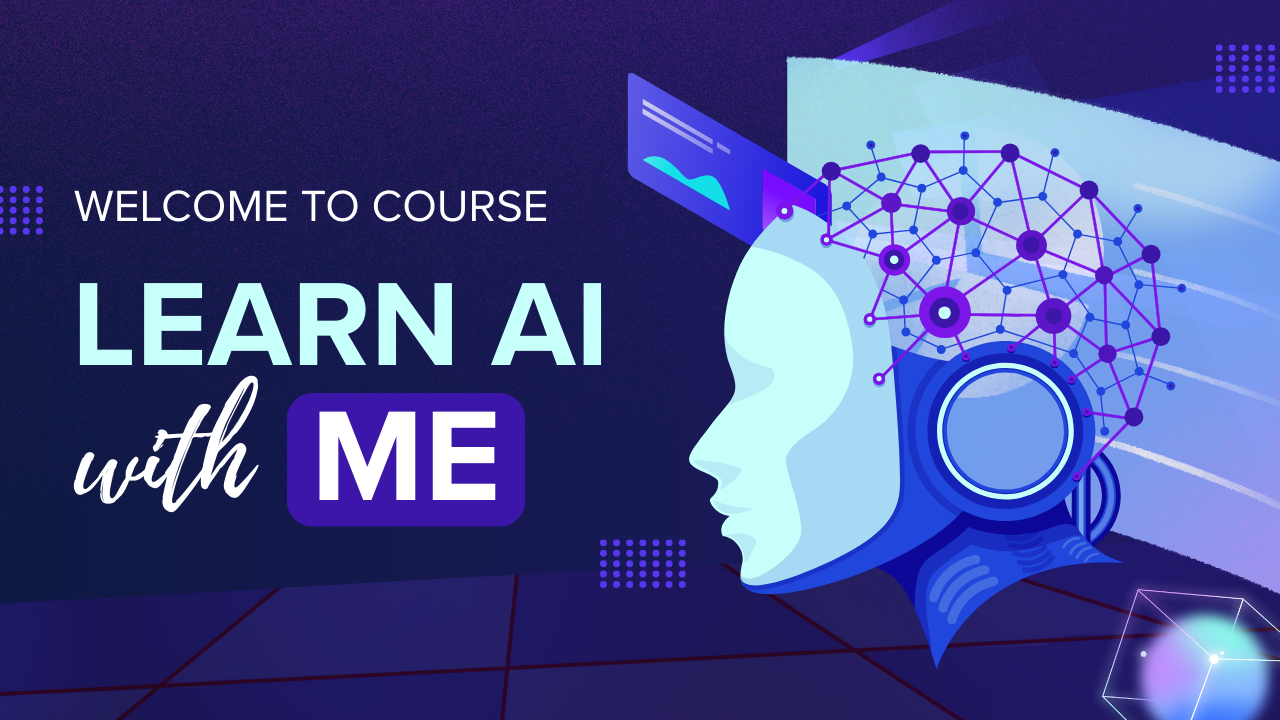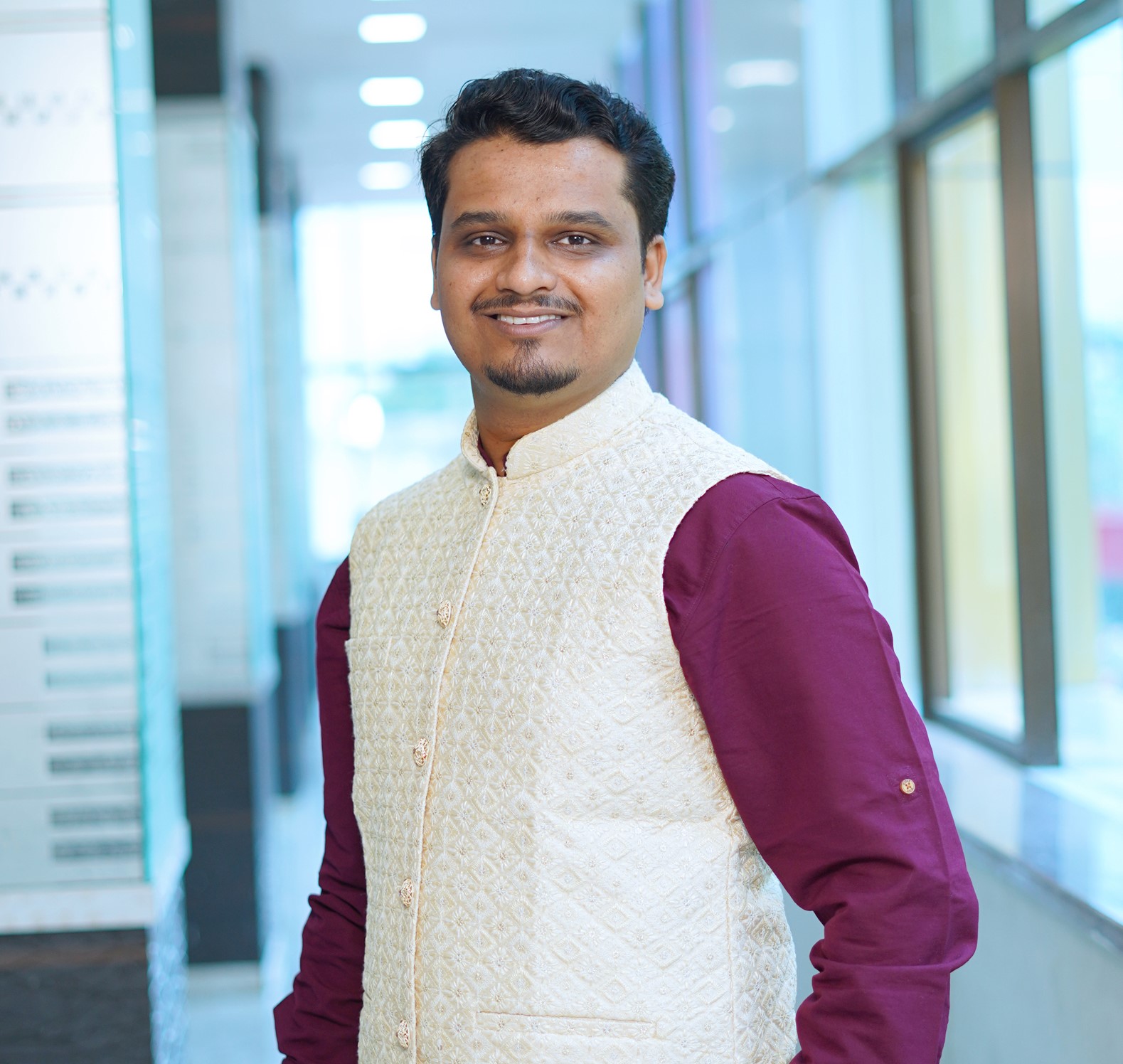Key Concepts and Terms in AI

Key Concepts and Terms in AI
AI is a vast and rapidly evolving field with exciting possibilities. The expansion and evolution of this complex field involve various systems and concepts. These include machine learning (ML), deep learning (DL), natural language processing (NLP), generative AI (GenAI), and language models (LM). They are all related concepts in computer science but have different meanings and applications. Here is a brief explanation of how they are connected:
Artificial Intelligence (AI)
Artificial intelligence is a field of computer science and an umbrella term for machines that can simulate human intelligence. AI focuses on creating intelligent systems that can perform tasks that usually require human intelligence, such as speech recognition, natural language processing, text generation, and decision-making.
Machine Learning (ML)
Machine learning is a branch of AI that focuses on developing algorithms and statistical models that allow computer systems to learn from experience and improve their skills without explicitly programming instructions. ML enables computers to analyze data, detect patterns within data, and make predictions or decisions.
Natural Language Processing (NLP)
Natural language processing is a subfield of AI that focuses on the interaction between computers and humans through natural language. It can combine ML models and techniques with specific language algorithms to decode human language. NLP enables computer systems to understand, interpret, generate, and manipulate natural language texts and speech. At a high level, NLP takes human language as an input, processes it, and converts it into the language of numbers that the computer will understand, and vice versa.
Deep Learning (DL)
Deep learning is a subset of ML that uses multi-layered artificial neural networks to deliver state-of-the-art accuracy in object detection, speech recognition, and language translation tasks. DL systems process and analyze various data, such as images, sound, and text, in a way similar to the human brain.
Language Model (LM)
Language models are a type of GenAI. They consist of a neural network with many parameters trained on large quantities of data to understand text. LMs process natural language inputs and predict the next word based on what they have already seen. LMs can also generate new texts based on a given prompt or context.
Generative AI (GenAI)
Generative AI (GenAI) is a branch of artificial intelligence that utilizes Machine Learning (ML), specifically deep learning techniques implemented through powerful neural networks, to analyze massive datasets and identify patterns. NLP helps it interpret human language. By leveraging these patterns, GenAI can then produce entirely new and original content, like realistic images, music, text, video, or other creative formats.
Artificial intelligence (AI) was first named in 1956 at the Dartmouth conference, but the road to AI started long before. From the emergence of programmable digital computers in the 1940s to the end of the 1950s, when the idea of "learning machines" was proposed, the foundations for AI were established.
GenAI originated in machine translation and natural language processing and initially focused on the development of speech recognition systems. However, in the late 2010s, the introduction of the transformer architecture revolutionized the field.
Transformer Architecture: Transformers are a type of GenAI architecture used widely in NLP. Transformers uniquely leverage attention mechanisms, allowing them to weigh and prioritize the influence of different words on each other in a sentence. This not only helps better understand the context and semantic relationships among words in a text but also lays the groundwork for advanced tools to solve NLP-related tasks.
This caused big changes in the world of GenAI. New types of GenAI tools popped up and changed many areas, such as writing, art, and coding, in big ways.
Look at some examples of GenAI applications from different fields. Remember, this list doesn't include everything that's out there, but it does show some of the main tools that are improving things in their fields.
Writing Tools
- ChatGPT
- Gemini
- Claude
- Llama
Audio & Video
- Musiclm
- Runwayml
- Make-a-video
- Synthesia
Art
- DALL-E
- Stable Diffusion
- Midjourney
- Artbreeder
Code
- Github Copilot
- Code Whisperer
- Codex
The robust architecture of transformers enabled GenAI to handle massive datasets, boosting language model (LM) development.

Written by Rahul Aher
I'm Rahul, Sr. Software Engineer (SDE II) and passionate content creator. Sharing my expertise in software development to assist learners.
More about me